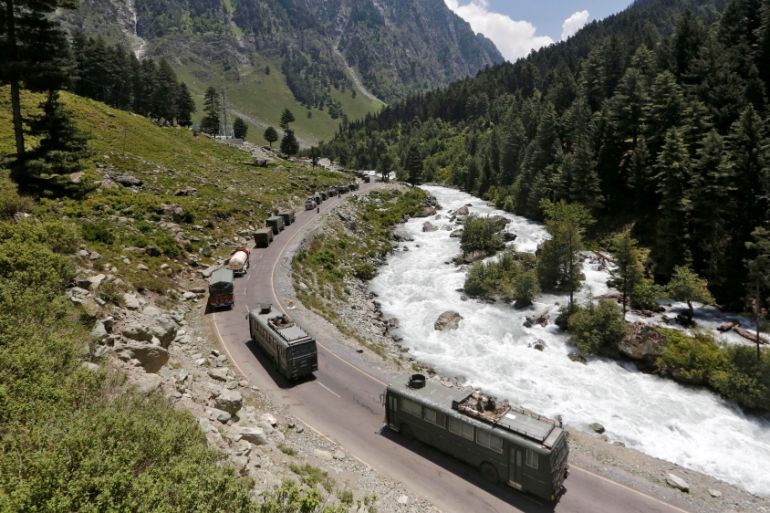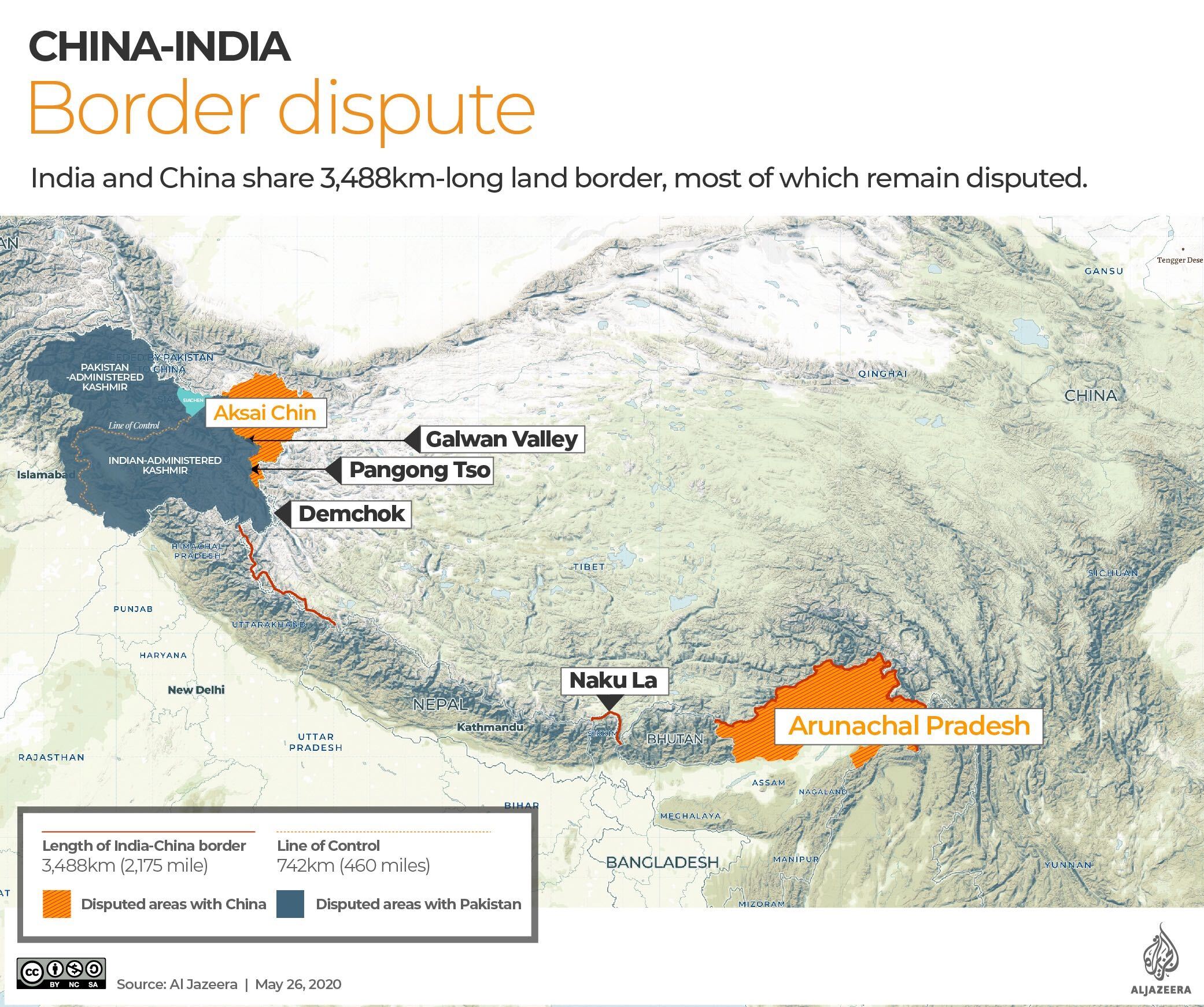China ‘pulling back troops’ after deadly border clash: India
Beijing says both sides taking effective measures to ease border tensions after skirmish that killed 20 Indian troops.

China has begun pulling back troops from along its contested border with India, Indian government sources have said, following the worst clash between the two nuclear-armed neighbours in nearly 50 years, which left 20 Indian soldiers dead.
The Chinese military was seen dismantling tents and structures on Monday at a location in the Galwan Valley near the site of the latest clash, Indian government sources, who declined to be identified as they are not authorised to speak to the media, told Reuters news agency.
Vehicles were seen withdrawing from the area, as well as at Hot Springs and Gogra – two other contested border zones, the sources said.
In response to a question on whether China had moved equipment back to the Galwan Valley, Chinese foreign ministry spokesman Zhao Lijian said both sides were “taking effective measures to disengage and ease the situation on the border”.
“We hope India will meet China halfway and take concrete measures to carry out what both sides agreed to, continue to closely communicate through diplomatic and military channels, and work together to cool down the situation at the border,” Zhao told a news conference.
This comes after weeks of tensions between the Asian nations following their worst border skirmish in more than five decades.

India and China have traded blame for triggering the high-altitude brawl in the Galwan Valley on June 15, in which 20 Indian soldiers were killed and at least 76 were injured.
The clash saw soldiers engaged in brutal hand-to-hand fighting with clubs and sticks about 4,270 metres (14,000 feet) above sea level amid sub-zero temperatures.
China has yet to confirm whether it suffered casualties, but the number of Indian deaths is the highest along the border in more than five decades – a dramatic escalation that led to weeks of talks between senior military officials on how to ease tensions.
On Friday, Indian Prime Minister Narendra Modi made a surprise visit to the northern Himalayan region of Ladakh and, in a veiled dig at China, said the “age of expansionism” is over.
India claims 38,000sq km (15,000sq miles) of land currently under Chinese control while Beijing stakes claim to a 90,000sq km (34,700sq miles) area within Indian territory.
Analysts say the current standoff at the Line of Actual Control (LAC) is a result of Chinese pushback against India’s building of military infrastructure at the de facto border in recent years.
Another reason, according to some experts, is linked to India’s unilateral move last year to repeal Article 370 of the Indian constitution, which had guaranteed a measure of autonomy to Indian-administered Kashmir, which also included the disputed areas of Ladakh region.
China, which, like Pakistan, saw India’s move as unilaterally affecting its territory, strongly denounced the move at the United Nations Security Council last year.
In an opinion article for Al Jazeera, Tariq Mir, a journalist based in Srinagar in Indian-administered Kashmir, wrote: “The face-off between Chinese and Indian troops in Ladakh might eventually turn out to be only a sideshow to what could become a much bigger military confrontation this year between India and Pakistan along their long border in Kashmir.”